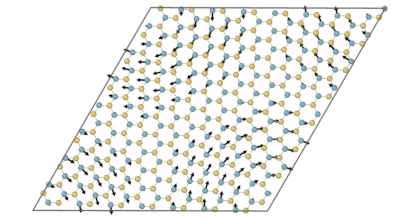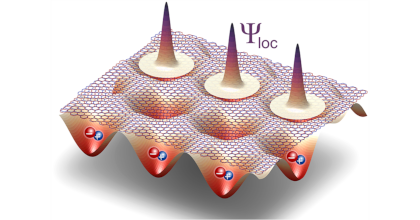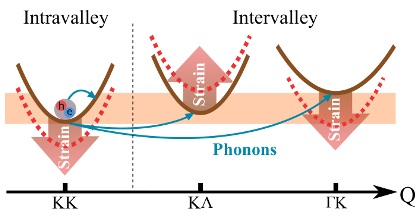The moiré potential in twisted transition metal dichalcogenide bilayers
C. Linderälv,
J. Hagel,
S. Brem,
E. Malic,
and
P. Erhart
arXiv:2205.15616
Download PDF

Moiré superlattices serve as a playground for emerging phenomena, such as localization of band states, superconductivity, and localization of excitons. These superlattices are large and are often modeled in the zero angle limit, which obscures the effect of finite twist angles. Here, by means of first-principles calculations we quantify the twist-angle dependence of the moiré potential in the MoS2 homobilayer and identify the contributions from the constituent elements of the moiré potential. Furthermore, by considering the zero-angle limit configurations, we show that the moiré potential is rather homogeneous across the transition metal dichalcogenides (TMDs) and briefly discuss the separate effects of potential shifts and hybridization on the bilayer hybrid excitons. We find that the moiré potential in TMDs exhibits both an electrostatic component and a hybridization component, which are intertwined and have different relative strengths in different parts of the Brillouin zone. The electrostatic component of the moiré potential is a varying dipole field, which has a strong twist angle dependence. In some cases, the hybridization component can be interpreted as a tunneling rate but the interpretation is not generally applicable over the full Brillouin zone.



